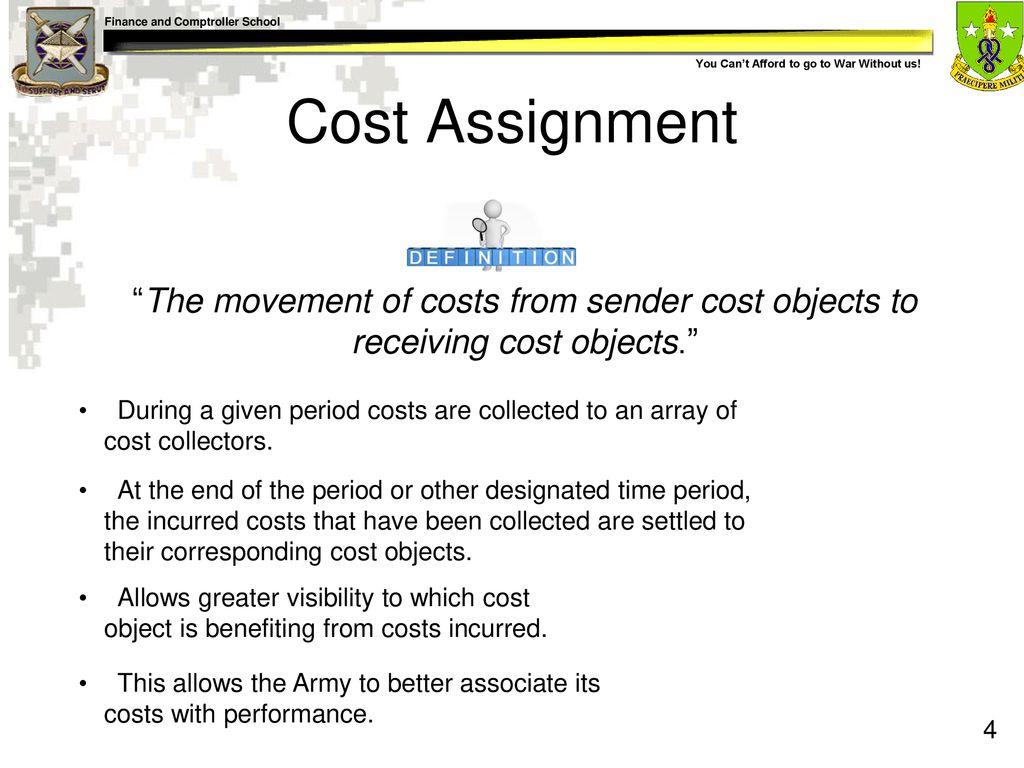In the world of logistics, there exists a complex web of costs that need to be assigned correctly in order to ensure efficient shipping and transport operations. From fuel expenses to labor costs, understanding the hierarchy of cost assignability is crucial for businesses looking to streamline their logistical processes. In this article, we will delve into the intricate world of cost assignability within the realm of logistics, uncovering key principles and strategies that can help companies navigate the challenges of transport and shipping with ease.
Understanding the Concept of Cost Assignability
Cost assignability is a crucial concept in the logistics, transport, and shipping industries. It refers to the ability to accurately allocate costs to specific activities, products, or services within an organization. Understanding cost assignability can help businesses optimize their operations, improve profitability, and make informed decisions.
There is a hierarchy of cost assignability that businesses must follow to ensure accurate cost allocation. This hierarchy includes direct costs, indirect costs, and overhead costs. Direct costs are easily traceable to a specific activity or product, such as fuel costs for a particular shipment. Indirect costs are not directly tied to a specific activity but can be allocated based on a reasonable basis, such as warehouse rent. Overhead costs are general costs that cannot be directly tied to a specific activity and are allocated based on predetermined rates. By following this hierarchy, businesses can ensure that costs are assigned accurately and fairly across their operations.

Key Factors Influencing Logistics Costs
When it comes to understanding the , it is essential to consider the hierarchy of cost assignability within the logistics, transport, and shipping sectors. Each of these areas plays a crucial role in determining the overall cost structure of the supply chain.
Logistics costs are influenced by various factors, including transportation expenses, warehousing costs, inventory management, and packaging materials. In the transport sector, factors such as fuel prices, vehicle maintenance, and driver wages can significantly impact overall costs. Similarly, shipping costs are influenced by factors like freight rates, port charges, customs duties, and insurance premiums. By analyzing the hierarchy of cost assignability in each of these areas, businesses can identify opportunities to optimize their supply chain operations and reduce logistics costs.

Optimizing Shipping Strategies for Cost Efficiency
When it comes to , it is crucial to understand the hierarchy of cost assignability within the logistics, transport, and shipping process. By properly assigning costs at each level of the supply chain, businesses can identify potential areas for cost savings and improve overall efficiency.
Logistics costs encompass a wide range of expenses, including transportation, warehousing, and inventory management. By breaking down these costs and analyzing each component, businesses can identify opportunities for consolidation, route optimization, and inventory streamlining. Transport costs, on the other hand, focus specifically on the expenses related to moving goods from one location to another. By leveraging data analytics and optimization tools, companies can identify the most cost-effective transport modes and routes to minimize overall shipping expenses.

Implementing Effective Transport Management Techniques
When it comes to , it is crucial to understand the hierarchy of cost assignability within the logistics, transport, and shipping industries. By properly allocating costs to specific activities and processes, companies can streamline their operations and maximize efficiency.
One key aspect of cost assignability is identifying direct and indirect costs associated with transportation. Direct costs include expenses directly tied to transport activities, such as fuel and maintenance costs. On the other hand, indirect costs encompass overhead expenses that indirectly impact transportation, such as overhead costs for warehouse space. By accurately assigning costs to the appropriate categories, organizations can gain a better understanding of their financial performance and make informed decisions to optimize their transport management strategies.
Closing Remarks
In conclusion, understanding the hierarchy of cost assignability in logistics, transport, and shipping is crucial for businesses to effectively manage their expenses and optimize their operations. By properly allocating costs to the appropriate activities and resources, companies can make informed decisions that lead to increased efficiency and profitability. Remember, a well-structured cost assignability system is the key to success in today’s complex and competitive global market. Stay tuned for more insights and tips on navigating the intricate world of logistics and transportation. Thank you for reading!
